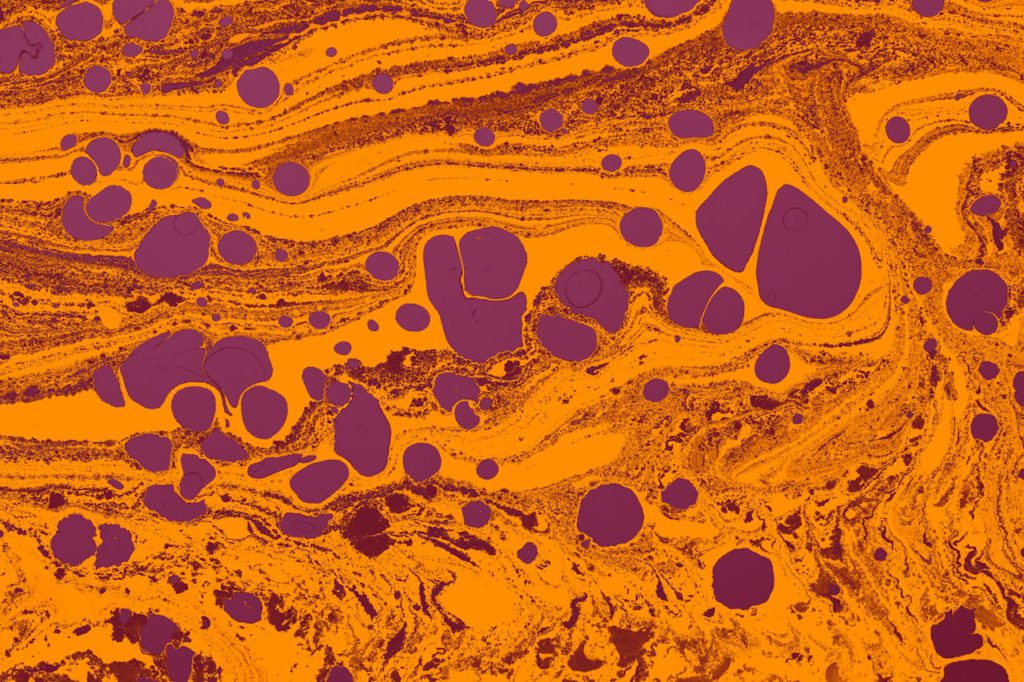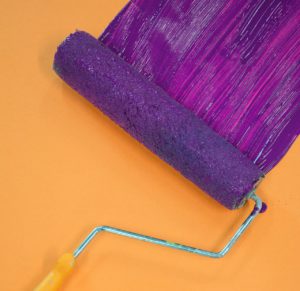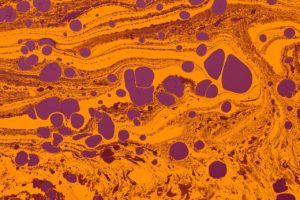Heat-Proofing Your World

In an ever-evolving world where extreme temperatures and harsh environments pose significant challenges, the need for innovative solutions to protect surfaces from heat damage has never been more pressing. Enter heat-resistant paints, a remarkable advancement in coating technology that offers unparalleled protection against high temperatures. From industrial settings to household applications, heat-proof paint’s versatility and effectiveness have made it an indispensable tool in safeguarding surfaces and structures.
Understanding Heat-Resistant Paints:
Heat-resistant paints, also known as heat-proof paints, are specially formulated coatings designed to withstand elevated temperatures without degrading or losing their protective properties. These paints are engineered using advanced materials and additives that enhance their heat resistance, making them ideal for applications where conventional paints would fail.
The Science Behind Heat Resistance:
At the core of heat-resistant paints lies a blend of specialized ingredients that enable them to withstand extreme heat. These paints typically incorporate ceramic particles, silicones, resins, and heat-resistant pigments, which create a durable barrier against high temperatures. Additionally, some formulations may include reflective additives to dissipate heat more effectively, further enhancing their performance.
Applications Across Industries:
Heat-resistant paints’ versatility makes them invaluable across a wide range of industries. In manufacturing and industrial settings, where machinery and equipment are subjected to intense heat, these paints protect against thermal degradation. From engine components in automotive manufacturing to industrial ovens and furnaces, heat-resistant paints play a vital role in prolonging the lifespan and performance of critical assets.
In the construction industry, heat-resistant paints coat structural elements such as steel beams, pipelines, and chimneys, protecting against fire hazards and ensuring the structural integrity of buildings and infrastructure. Moreover, these paints are often employed in fireproofing applications, serving as a primary defence against flames and heat-related damage.
Enhancing Safety and Durability:
One primary advantage of heat-resistant paints is their ability to enhance safety and durability in various environments. By providing a protective barrier against heat, these paints help prevent surface degradation and minimize the risk of fire-related incidents. Whether applied to industrial machinery, household appliances, or architectural structures, heat-resistant paints offer peace of mind, knowing that surfaces are shielded from the harmful effects of high temperatures.
Household Applications:
Beyond industrial and commercial use, heat-resistant paints have found their way into household applications. From kitchens to fireplaces, these paints protect surfaces exposed to heat sources such as stoves, ovens, and wood-burning appliances. By applying heat-resistant paint to walls, backsplashes, and countertops, homeowners can create a safer and more durable environment while adding a touch of style to their living spaces.

Environmental Benefits:
In addition to their protective properties, heat-resistant paints offer environmental benefits by reducing the need for frequent maintenance and replacement of surfaces exposed to high temperatures. Extending the lifespan of equipment and structures, these paints contribute to resource conservation and waste reduction, aligning with sustainable practices in various industries.
Advancements in Heat-Resistant Paint Technology:
As demands for high-performance coatings continue to grow, ongoing research and development efforts are driving advancements in heat proof paint technology. Manufacturers are constantly refining formulations, exploring new materials, and improving application techniques to enhance the effectiveness and versatility of these paints. This relentless pursuit of innovation has led to developing next-generation heat-resistant coatings that offer superior performance in even the most extreme environments.
Customized Solutions for Diverse Needs:
One of the notable characteristics of heat-resistant paints is their adaptability to diverse needs and requirements. Manufacturers offer various formulations with varying degrees of heat resistance, allowing users to select the most suitable option based on their specific application and environmental conditions. Whether it’s a high-temperature industrial setting or a residential fireplace, there is heat-resistant paint tailored to meet the unique demands of each situation, providing tailored solutions for optimal performance and protection.
Collaborative Research and Industry Partnerships:
Collaborative efforts between research institutions, industry partners, and government agencies are essential to accelerate innovation and address emerging challenges. By fostering knowledge sharing, funding research initiatives, and facilitating technology transfer, these collaborations drive breakthroughs in heat-resistant paint technology. Moreover, partnerships between manufacturers and end-users enable the development of tailored solutions that address specific industry needs and application requirements. Through collective expertise and collaborative endeavours, the heat-resistant paint industry can continue to push the boundaries of performance, reliability, and sustainability, shaping a future where surfaces are protected with unparalleled resilience against high temperatures.
Future Outlook:
Looking ahead, the future of heat-resistant paints appears promising as industries continue to prioritize safety, efficiency, and sustainability. With ongoing advancements in materials science and coating technology, we expect further improvements in heat resistance, durability, and environmental friendliness. As the demand for reliable surface protection solutions grows, heat-resistant paints are poised to play an increasingly vital role in safeguarding infrastructure, enhancing fire safety measures, and ensuring the longevity of equipment and structures in various applications.




